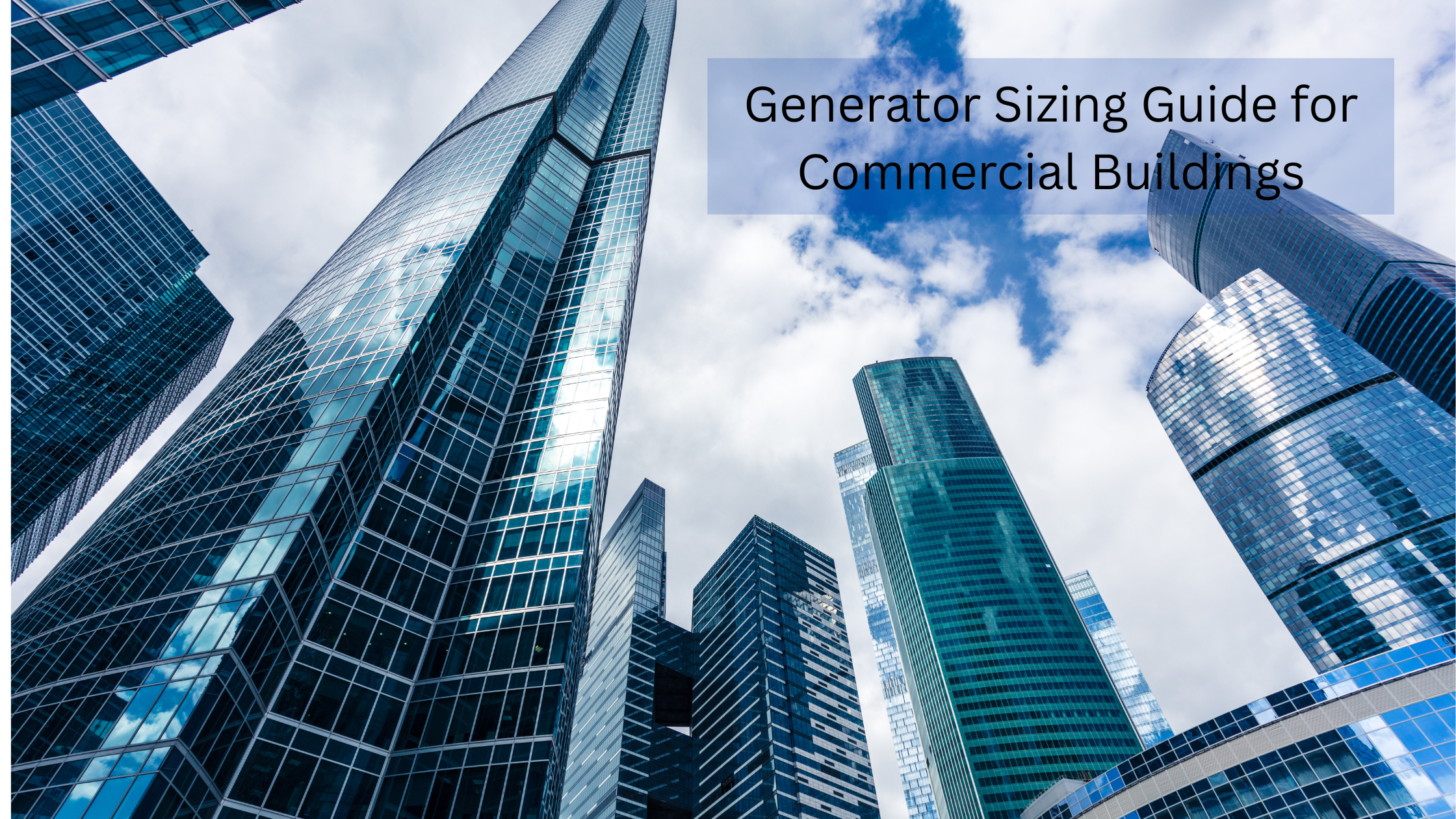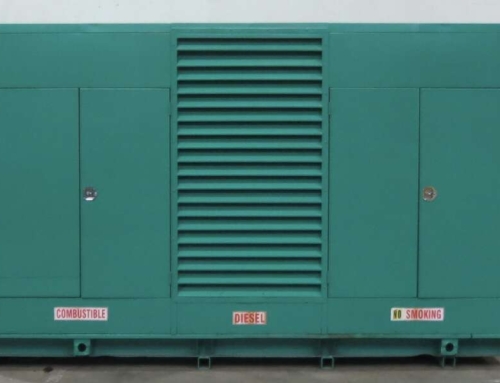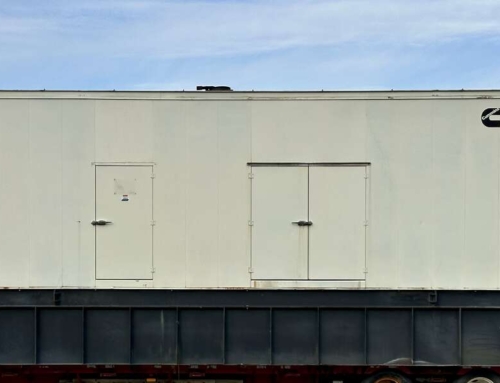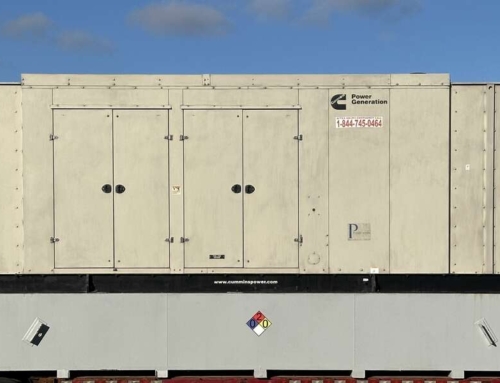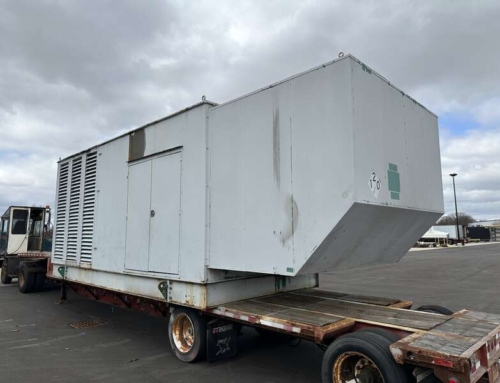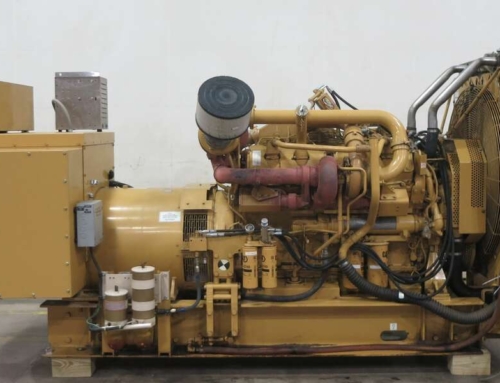To determine the sizing of a generator for a commercial building, you need to consider factors such as total power source requirements like starting loads, running loads, and reserve capacity. This process is done by measuring maximum electricity usage, estimating square footage, examining historical data, and consulting with a professional technician.
The most common technique is to add 5 to 10 watts per square foot for base load and also 25% for reserve capacity. In this blog, let’s discuss how to determine the generator capacity to provide a power source for essential equipment in your commercial buildings.
Table of Contents
- How to calculate your generator capacity
- FAQs
How to calculate your generator capacity
Calculate total power requirements
- Clamp-on ammeter: Make use of the clamp-on ammeter to calculate the total amount used during peak hours at the service panel.
- Analyze Historical data: Analyze the past utility bills to know the highest demand from the last year.
- Square Footage: Add 5 to 100 watts per square footage of space to the base load i.e. often 50 KW.
- Online calculators: Make use of the online calculators to calculate commercial generator sizing for initial estimates.
- Expert advice: For an accurate assessment, consult with a qualified technician or generator specialist.
Determine starting Loads:
- Calculate the starting current of the largest motor and also calculate power requirements
- Include other loads such as starting wattage for small motors and non-motor loads.
Calculate reserve capacity
- The general guideline to calculate reserve capacity, add 25% to the total power needs.
- Also, consider future power needs and additional capacity.
Calculate generator size
- Add all loads including the starting wattage of the largest motor, running wattage, and other important starting loads.
- Add reserve capacity to the total power requirement.
- Always select the generator that is slightly higher than the total power requirement and also consider factors like de-rating and future needs.
Points to ponder
- Standby Vs. Primary: If you select the generator for a backup power source, full load sizing and reserve capacity are sufficient. For the primary power source, you need to size for 70-80% of the total capacity.
- Environmental conditions: Consider factors like high altitudes or extreme temperatures that will reduce the generator’s output, and make sure you perform de-rating when sizing.
- Location and climate: Climate and location also influence generator performance, so choose the generator that suits your climate and environmental conditions.
- Budget: Make sure the generator you select comes under your budget and also includes regulatory compliance and any special requirements.
To get expert guidance on generator sizing, contact our qualified electricians today.
CS Diesel Generators is one of the renowned generator providers in the USA. We offer new and used generators of all leading brands, we also provide generator parts, accessories, automatic transfer switches, and engines. We understand your industrial requirements and provide the finest generator that improves your productivity. Contact our experts today and know the exact generator sizing for your commercial buildings.
FAQs about Generator Sizing Guide for Commercial Buildings
How to determine generator sizing for commercial buildings?
To determine the size of a generator for a commercial building, you need to consider factors including total power source requirements including starting loads, running, and reserve capacity.
How to calculate generator capacity?
To calculate generator capacity, consider factors like calculating total power capacity, finding starting loads, estimate reserve capacity and generator size.

